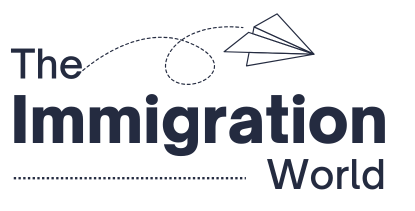As of mid-2025, the UK’s minimum income requirement (MIR) for sponsoring a partner or spouse through a family visa stands at £29,000. This figure didn’t appear out of thin air—it’s part of a policy shift that began in 2023 when the UK government began tightening immigration rules across several categories.
Key Takeaways
What Is the Current Minimum Income Requirement for a UK Family Visa?
Until recently, the MIR had been £18,600 for nearly a decade. But amid growing debates over net migration, public finances, and the “burden” of non-economically active migrants, the government raised it to £29,000 in April 2024, with plans to push it even higher. For many families, this wasn’t just a financial adjustment—it was an emotional blow. It priced thousands of British citizens and settled residents out of the ability to live with their foreign partners in the UK.
Why Did the UK Government Plan to Raise It to £38,700?
In late 2023, the government stunned many with its announcement that the family visa MIR would be aligned with the skilled worker threshold, set at £38,700. The justification? To reduce net migration and ensure that family visa sponsors were not “relying on the state.” The move was part of a broader immigration reform strategy, particularly aimed at reducing what the government deemed to be low-skilled migration.
But lumping family life in with labour market economics didn’t sit well with everyone. Critics argued it was an unfair metric—after all, a relationship isn’t a job contract. It became clear this proposal could shut the door on tens of thousands of genuine families, especially when you consider that nearly half of UK workers earn below £29,000, let alone £38,700.
What Does the MAC Recommend Instead?
Enter the Migration Advisory Committee (MAC)—the UK’s independent advisory body on immigration. In a rare pushback, the MAC recommended scrapping the £38,700 plan altogether and lowering the MIR to a more realistic range between £23,000 and £25,000.
Also Read: Is the UK Closing Its Doors to Foreign Workers in 2025?
The MAC’s reasoning? The current threshold is disproportionately high by global standards and doesn’t reflect what’s needed to prevent “recourse to public funds.” Plus, tying it to skilled worker salaries doesn’t make legal or ethical sense when we’re talking about families. The committee also highlighted how the current policy might violate Article 8 of the European Convention on Human Rights, which protects the right to family life.
How Would This Change Impact UK-Based Sponsors?
If the government follows the MAC’s recommendation, this would be a game-changer, especially for lower- and middle-income earners. People in retail, hospitality, education, healthcare, or part-time jobs—many of whom were previously ineligible—could finally sponsor their partners without being forced to work multiple jobs or live apart indefinitely.
Lowering the MIR to around £23,000 could also reduce the regional disparity. The current £29,000 bar disproportionately affects people living outside London and the southeast, where wages tend to be lower. For many families, this change could bring long-awaited reunification—and a lot less paperwork trying to prove exceptional circumstances.
Will Lowering the Threshold Affect Migration Numbers?
The MAC didn’t ignore the elephant in the room—net migration. But their analysis found that reducing the MIR would likely increase annual migration by just 1–3%, translating to around 6,000 to 8,000 additional people per year.
In the grand scheme of things, that’s hardly an immigration flood. And MAC emphasized that the economic impact would be minimal. After all, most sponsored partners end up contributing to the economy anyway, either through work, taxes, or supporting the workforce indirectly (think childcare and caregiving roles).
The committee’s stance was clear: The human cost of family separation far outweighs the marginal fiscal impact.
What Are the Human Rights Concerns Around the Income Rules?
It’s not just about numbers—it’s about people. The current MIR has faced legal challenges for possibly breaching Article 8 of the European Convention on Human Rights, which safeguards the right to respect for private and family life.
Several case studies presented to the MAC revealed heart-wrenching stories: parents missing out on their child’s first steps, families relying on video calls for years, and mental health issues stemming from long-term separation. Critics argue that an income threshold that splits families apart is both morally indefensible and legally shaky.
MAC’s recommendation was partly motivated by these real-life consequences. A more inclusive threshold doesn’t just support family life—it also aligns with the UK’s broader human rights obligations and social values.
When Will a Final Decision Be Made?
As of now, the government has not committed to implementing MAC’s recommendation, but it has promised to review it as part of ongoing family migration reforms expected later in 2025.
In other words, nothing is final yet. But pressure is mounting—not just from advocacy groups and affected families, but also from politicians who argue the current rules are too harsh. Whether the Home Office chooses pragmatism over politics remains to be seen.
If you’re planning to apply for a family visa, keep a close eye on announcements in the second half of 2025. The outcome could drastically affect eligibility, timelines, and how you prepare your application.
Conclusion: A Policy in Transition
The UK’s family visa system has long been a tug-of-war between control and compassion. While the government’s desire to manage migration is valid, that goal shouldn’t come at the cost of tearing families apart or denying love a place to grow on UK soil.
If the £23,000 threshold becomes law, it won’t solve everything, but it will mark a return to balance. A reminder that immigration isn’t just about numbers—it’s about people, relationships, and the freedom to build a life together.
Until then, stay informed, plan, and—if you’re affected—be ready to act once the final decision lands.





